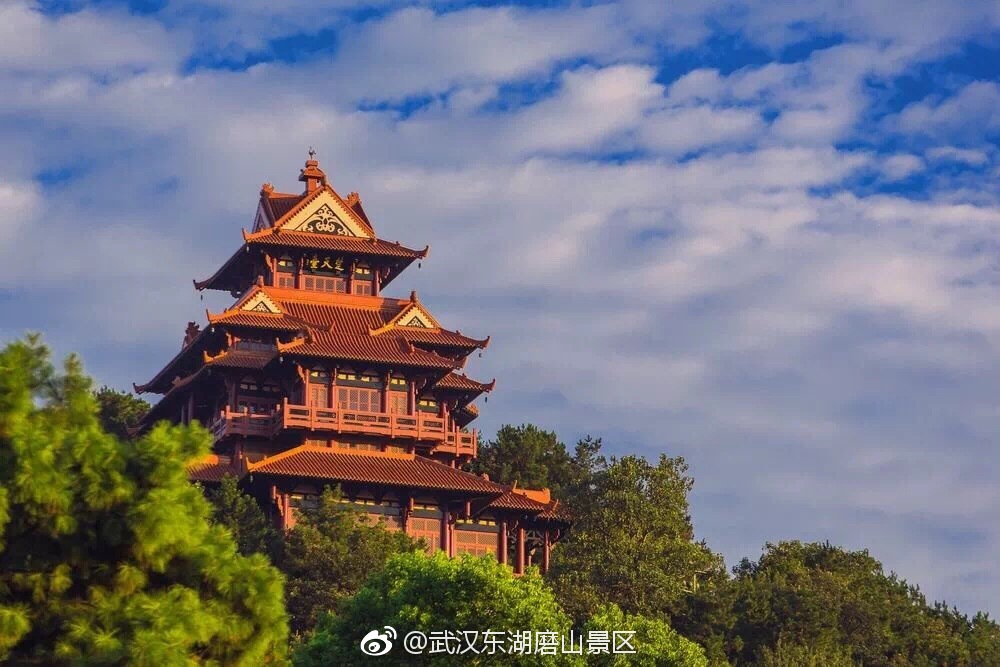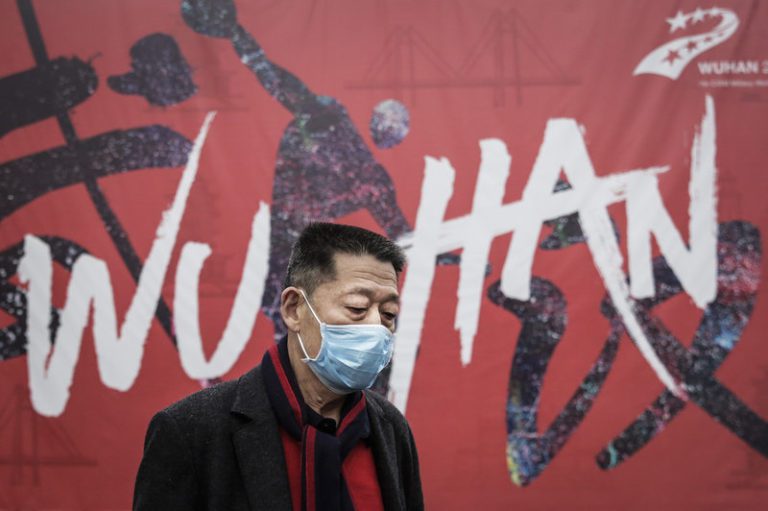Wuhan has many names: the Chicago of China, China’s Thoroughfare, and the River City, to name a few. Now, Wuhan’s global fame has skyrocketed for a very negative reason. Maybe you’ve heard about it.
 The River City: Wuhan (via 699pic)Wuhan has a history beyond the virus that deserves recognition. Born out of three cities — Wuchang, Hankou, and Hanyang — it is a melting pot of cultures.
The River City: Wuhan (via 699pic)Wuhan has a history beyond the virus that deserves recognition. Born out of three cities — Wuchang, Hankou, and Hanyang — it is a melting pot of cultures.
At the junction of the Yangtze and Han rivers, Wuhan is an essential trading post. Therefore, it got its nickname, the River City.
Wuhan helped supply cities such as Hong Kong, Shanghai and Tianjin for the majority of the 20th century. It is a hub for the Chu culture, which dates back to the Zhou dynasty in the 8th century.
The motifs of the culture feature vivid images of wildlife and mystical animals. Chu culture is reflected in the Wuhan architecture such as the Chu Tian Tai landmark.
 Chu Tian Tai (via weibo)Traveling is so uncertain and difficult during this time. But there are still many ways to appreciate far-flung places all over the world.
Chu Tian Tai (via weibo)Traveling is so uncertain and difficult during this time. But there are still many ways to appreciate far-flung places all over the world.
The city offers a lot in terms of culture, history, food, and more! It would be a shame only to remember it for its part in the pandemic.
With a quick look into the hashtag #Wuhan, the best aspects of the city are highlighted all over twitter.
City residents know the best local spots to scout out authentic experiences such as the Hankou Riverbank:
[zombify_post]


0 Comments